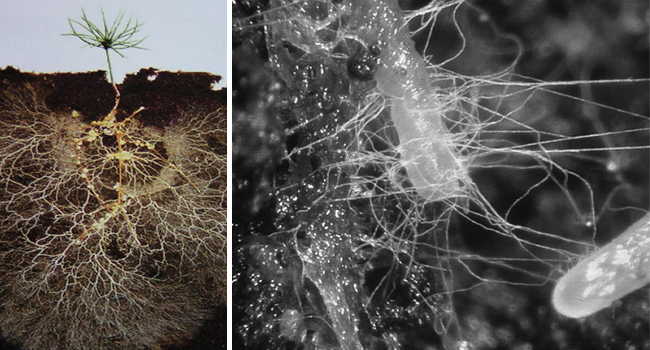Nutrient Dense Kitchen 101
- cfrostnh
- Mar 27, 2021
- 4 min read
Updated: May 26, 2021
Do you find yourself eating for one? I remember the days of cooking for a large family, but now everyone has gone their separate ways and I found myself wondering how I could still have a healthy nutrient dense kitchen on a budget for just one. Here's what I came up with.

Except for rare occasions, I am only cooking for one, so ensuring that I have the healthiest cookware is relatively easy. Remember those old cast iron pans that our grandparents used? I find that often people are eager to replace these with high-end cookware because it is new and beautiful. However, nothing can replace the safety and cooking quality of the cast iron pans. So, I found myself one at a flea market for $2. It was about 5 inches around, so it was not really that heavy and comes pre-seasoned; bonus. I felt good about his because many of the alternatives with nonstick surfaces that would also reduce clean up time for me are a little scary. Teflon is only ok to use if you do not overheat it. When nonstick surfaces are overheated, “the coating may begin to break down (at the molecular level, so you wouldn't necessarily see it), and toxic particles and gases, some of them carcinogenic, can be released.”* I figure I have enough to worry about, and my $2 skillet will serve my health much better. The only other item I really needed was a stainless steel 2-quart pot which will be lighter for me filled with water. I can add to these later if I feel the necessity. I did find it especially important to use some of my limited income to purchase a quality sharp knife. A quality knife means one that is solid steel the whole way from the handle to the blade. This way I know that I will have a good tool to chop nutrient rich vegetable and local meats without harming myself. I already had a wonderful wooden cutting board that I was given as a gift. I just need to take some coconut oil and clean it up and keep it from drying out. While it would be cheap enough to purchase a plastic cutting board, often those bits of plastic from my sharp knife will end up on my food. I will pass on that. While there are many items that could be useful in the kitchen the one other item for me as a single person is to have proper storage because I will always have leftovers, and I do not want to cook for myself every day. So, I was able to find some lovely ceramic and glass storage containers at a discount store. I purchased 4 but may go back for more later. This was important for me so that I was not covering all my food with plastic or tinfoil every day. Plastic wrap is made from plastics that may leach chemicals into foods and are endocrine disruptors. It is worth it to me to steer clear of this given I will be eating so many leftovers. But if I run out of storage containers, I can use some beeswax wrapping in a pinch. My neighbor made these herself by simply using cotton cloth and used beeswax candles. She melts them down and irons the wax into the cloth – it costs her pennies to create these. Let me know if you would like the recipe.
I took some time to clean out items in my refrigerator and my cupboards the other day. I was surprise to see how many things I had accumulated over the years that I will never eat – mostly because they are past their prime or have ingredients that aggravate my gluten intolerance. I put on some music and had a fun time of filling the trash (and recycled what I could) and it found it oddly cleansing. I sat down with a glass of wine and thought about what I would use all the new room I made in my refrigerator for. I decided that most important thing I could do for my own health and the health of my local community was to spend some time researching which foods I could buy locally. I am not able to purchase all my food at the farmer’s market because some of the items are too expensive for me. So, I concentrate on those items that are most beneficial to my overall health. Each year the Environmental Working Group comes out with the Dirty Dozen and Clean Fifteen list (https://www.ewg.org/foodnews/dirty-dozen.php). If recipes I want to cook or food I want to eat contains these items I can choose to spend a little extra to get organic when I cannot afford my entire grocery list to be all organic. I also try to get the items that are on the Dirty Dozen list from the local farmer’s market. It not only helps my own person health, but it helps the farmers in my community. I recently learned about a fish supported market. It assures me that I am getting fresh wild caught fish, but I could not justify the expense in my budget. I was speaking with a neighbor and we decided to split the cost of the FSA share. We now have dinner once a month together and that has in and of itself contributed greatly to my overall health – as we laugh a lot! I have learned that there is a lot I can do on a limited budget even while I am only cooking for myself that can greatly improve the nutrient-rich kitchen that I strive for.
Sources: • Culinary Wellness – Student Guide; 2020 Nutritional Therapy Association, Inc
*What Einstein Told His Cook: Kitchen Science Explained by Robert L. Wolke, Marlene Parrish




Comments